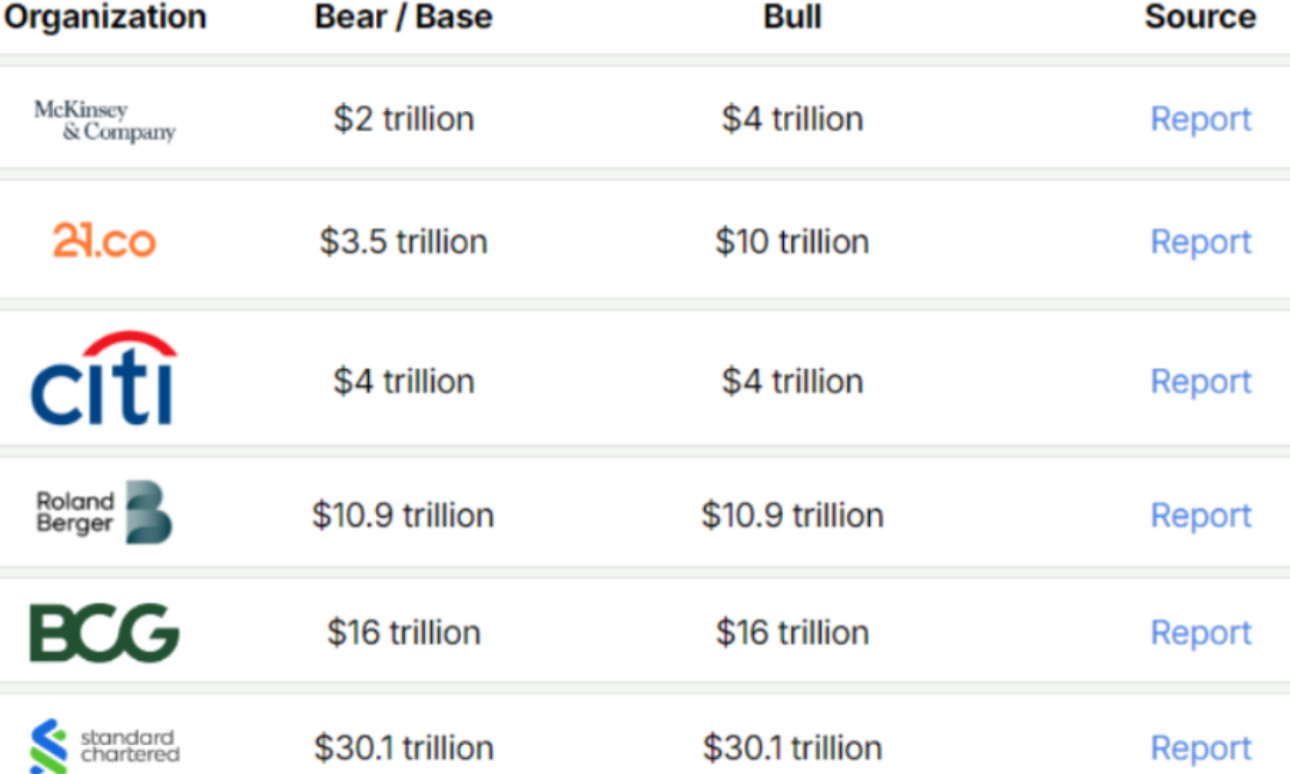The Rise of Real-World Asset Tokenization: A Game Changer for Crypto?

The crypto world never sleeps, and neither does innovation. While Bitcoin continues to dominate headlines, another sector of blockchain is quietly booming—Real-World Asset (RWA) tokenization. With RWAs reaching a record-breaking $17.1 billion, investors are taking notice. But what does this mean for the future of finance?
What is RWA Tokenization?
In simple terms, RWA tokenization is the process of converting real-world financial assets—like private credit, government debt, or real estate—into digital tokens on blockchain networks. This enables greater liquidity, accessibility, and transparency while ensuring security through decentralized ledgers.
Tokenized assets make previously illiquid investments tradeable, opening up new doors for both institutional and retail investors. Imagine owning a fraction of a high-end property or a share of a lucrative business loan—this is the kind of financial inclusion RWAs promise.
The Numbers Don’t Lie: A $17.1 Billion Industry and Growing
The latest data from RWA.xyz shows a massive $17.1 billion worth of tokenized assets now exist on-chain, spread across over 82,000 holders (excluding stablecoins). Here’s how the sector is shaping up:
- Tokenized private credit dominates the space, accounting for $11.9 billion (69% of total RWAs).
- Tokenized U.S. Treasury debt follows, valued at $3.5 billion.
- The total RWA market grew by over 10% in just the last 30 days, while Bitcoin remained relatively flat.
Does This Mean Investors Are Shifting from Bitcoin?
Not necessarily. According to Marcin Kazmierczak, co-founder of Redstone, the rise of RWAs doesn’t signal capital leaving Bitcoin but rather an expansion within the crypto ecosystem.
“This isn’t a zero-sum game—RWAs’ 300% growth in 2024 complements rather than competes with Bitcoin,” Kazmierczak told Cointelegraph. “Institutional investors now seek both stable, yield-generating instruments and premier digital assets.”
In short, Bitcoin remains a cornerstone of crypto, while RWAs provide diversification and, perhaps more importantly, yield in a volatile market.
The Bigger Picture: A $30 Trillion Market by 2030?
If industry forecasts hold true, we might be looking at a 50x increase in the RWA market over the next decade. Some of the world’s largest financial institutions predict RWAs could reach anywhere from $4 trillion to $30 trillion by 2030.

Projected market size of RWA tokenization by 2030. Source: Tren Finance.
With this kind of growth potential, it’s no surprise that major players are entering the space. Take Brickken, a European RWA tokenization platform, which recently secured $2.5 million in funding. Co-founder Edwin Mata believes tokenization will become a fundamental pillar of the modern financial system.
“With growing institutional interest and clear regulatory progress, tokenization is positioned to become a cornerstone of blockchain—not just in 2025, but for years to come,” said Mata.
What’s Next for RWAs?
As regulatory frameworks evolve and institutional participation increases, RWA tokenization could soon become a mainstream investment vehicle. The ability to fractionalize assets and offer liquidity to traditionally rigid financial markets marks a significant leap forward.
Looking ahead, sectors like real estate, corporate bonds, and commodities could be next in line for blockchain disruption. The question isn’t whether RWAs will grow—it’s how fast and how far they’ll go.
💡 Final Thoughts: Whether you’re a Bitcoin believer or an RWA enthusiast, one thing is clear—the future of blockchain is expanding beyond cryptocurrencies. Tokenized assets might just be the next big thing in the financial revolution.
🚀 Stay tuned as we follow the rise of RWAs and their impact on global markets.
Related Articles:
- Redemption Arcs of 2024: Ripple’s Victory, Memecoins’ Rise, RWA Growth
- How Crypto Laws Are Changing Across the World in 2025

